Black cats have long held a special place in folklore and mythology across various cultures. While they are often admired for their sleek beauty, black cats have unfortunately been subject to many misconceptions. To truly debunk these myths, it’s crucial to understand their origins, often rooted in ancient superstitions and societal changes.
Myth 1: Black Cats Are Bad Luck
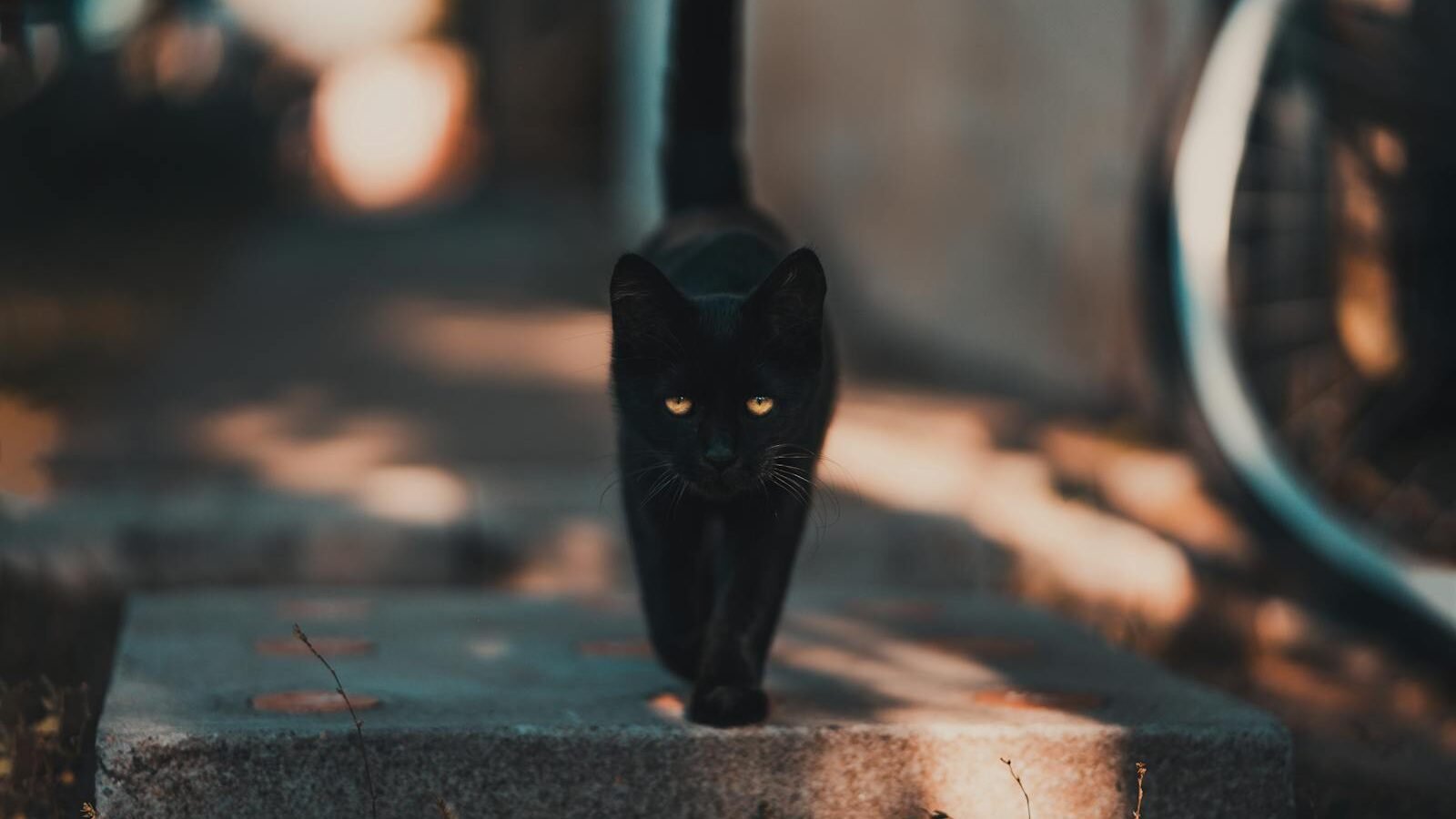
One of the most pervasive myths is the belief that black cats bring bad luck. This notion predominantly arises from medieval Europe when black cats were associated with witchcraft. However, in many cultures, black cats are seen as symbols of good luck and prosperity. For example, in Japan, black cats are considered to bring good fortune to their owners.
Myth 2: Black Cats Are Witches in Disguise
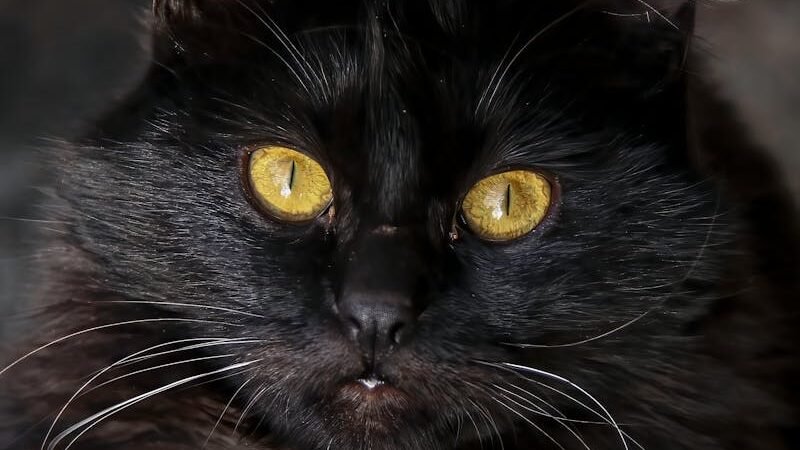
Photo by Akbar Nemati via Pexels
During the Middle Ages, the fear of witches was rampant, leading to the belief that witches could turn into black cats. This fear was further perpetuated by religious and cultural narratives that demonized black cats as companions of witches. Today, this myth is nothing more than a historical anecdote, with no basis in scientific reality.
Myth 3: Black Cats Are Evil
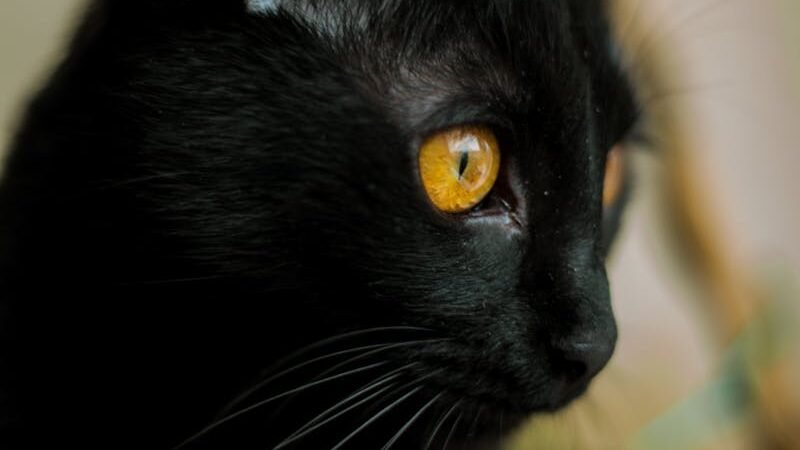
The characterization of black cats as evil creatures is largely a product of sensational storytelling and media portrayal. Black cats possess no supernatural abilities that differentiate them from cats of other colors. They are just as affectionate and loving as any other feline companions, as evidenced by countless pet owners worldwide.
Myth 4: Black Cats Are Less Affectionate
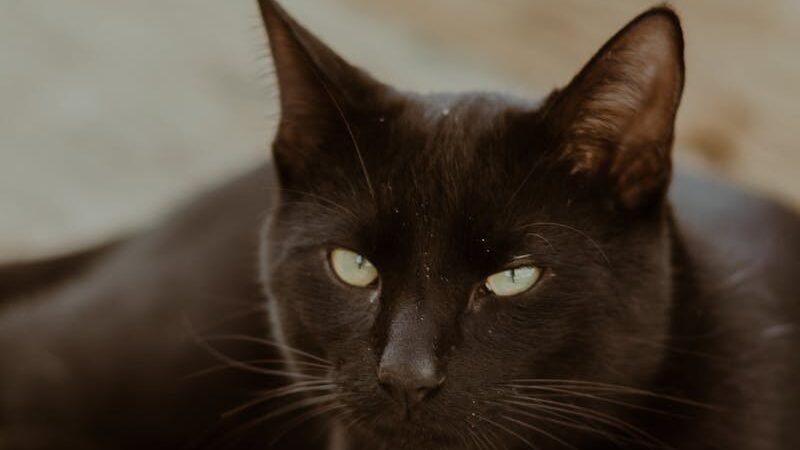
Photo by Maria Luiza Melo via Pexels
Some people believe that black cats are less friendly or affectionate than their feline counterparts. This stereotype likely stems from their association with dark imagery rather than any behavioral evidence. In truth, a cat’s temperament is shaped by its genetics and environment, not its coat color.
Myth 5: Black Cats Are Unhealthy
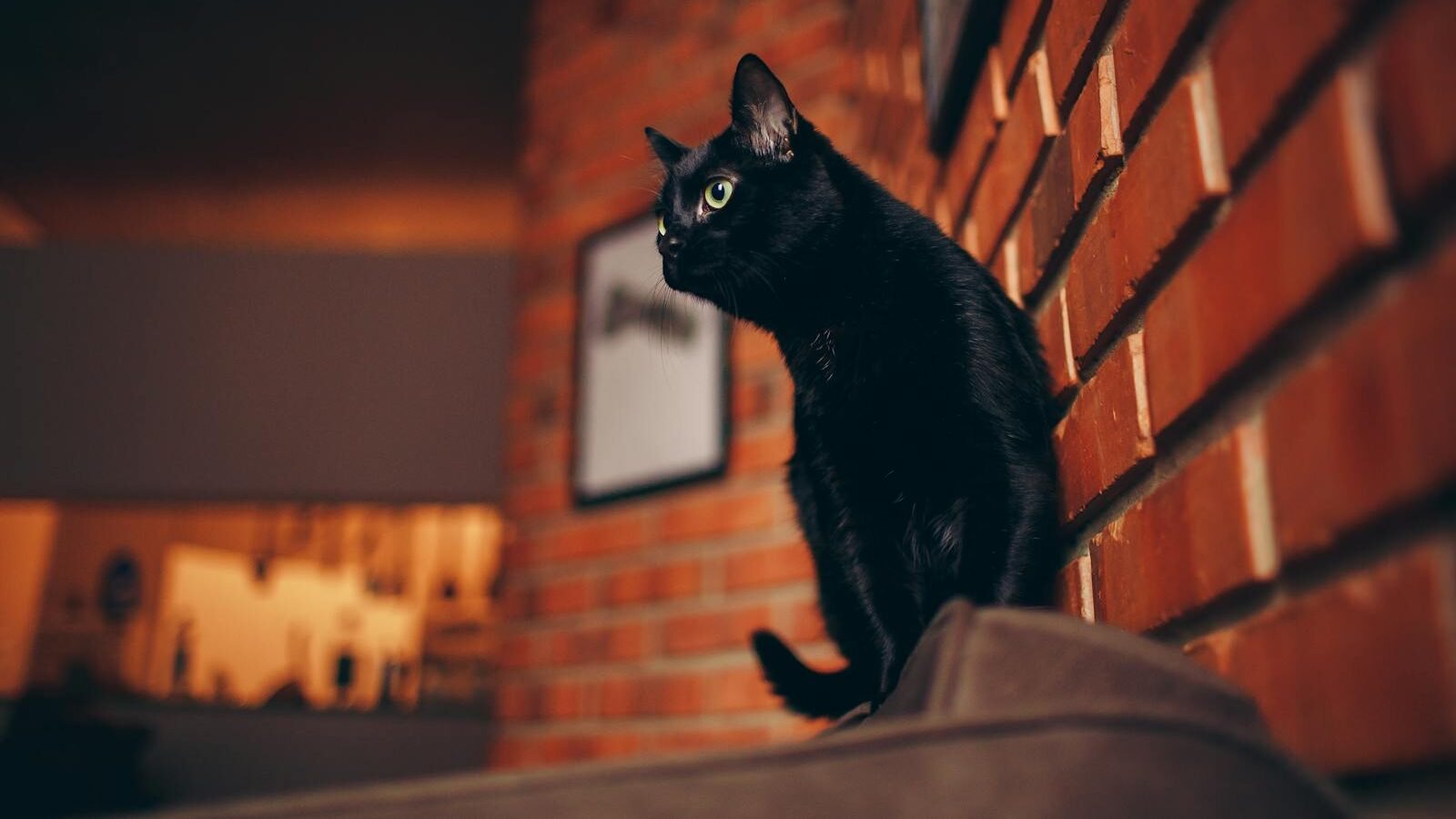
Black cats are sometimes believed to have more health problems compared to other cats. This myth is unfounded, as a cat’s health is primarily determined by genetics, diet, and overall care—not by the color of its fur. Regular vet check-ups and a healthy lifestyle are key to any cat’s well-being.
Myth 6: Black Cats are Harder to Photograph
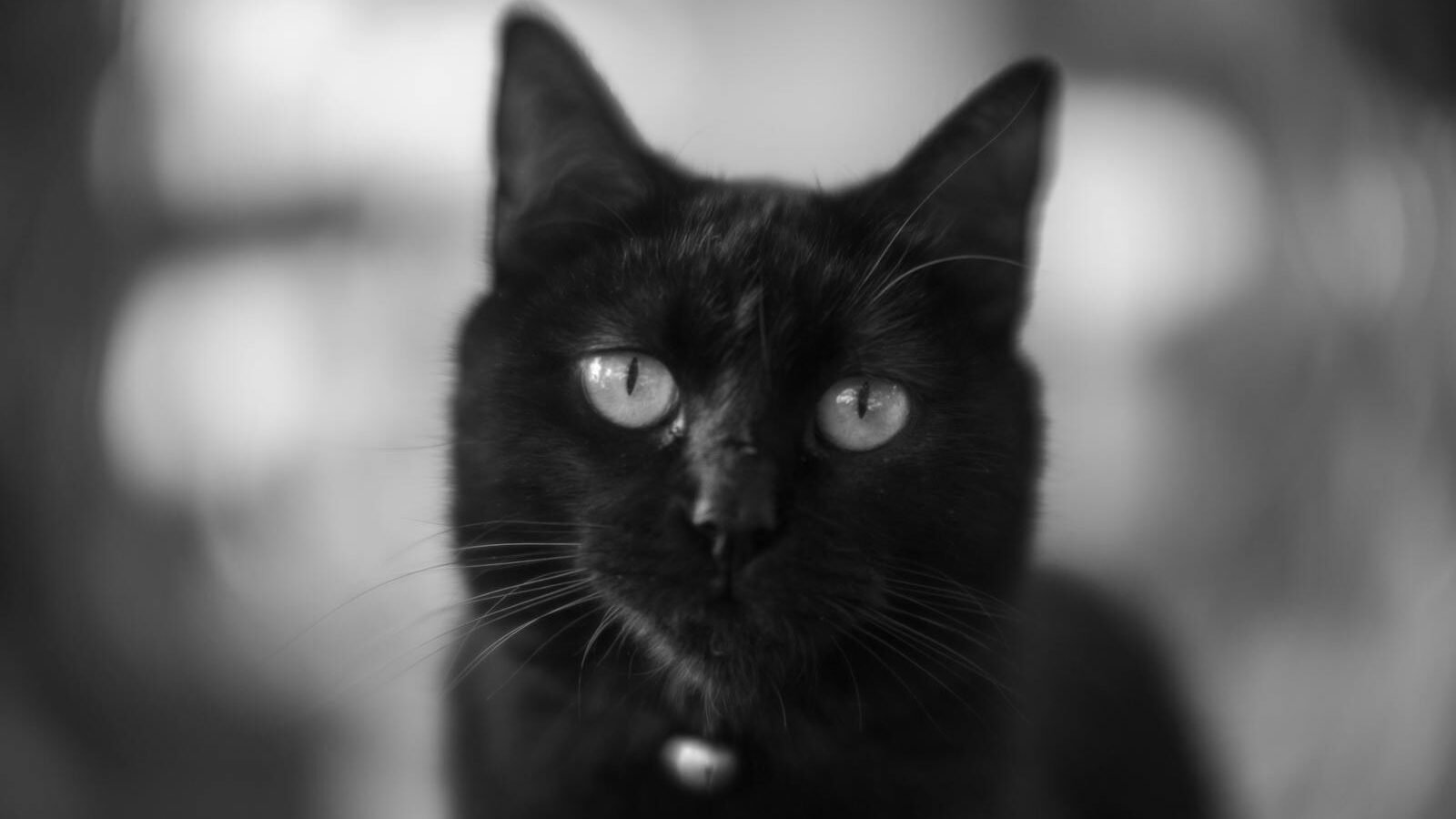
Photo by Vintage Lenses via Pexels
There’s a misconception that black cats don’t photograph well, which may contribute to their lower adoption rates. While it can be challenging to capture the details of a black cat’s features, techniques such as proper lighting and using contrasting backgrounds can result in stunning photos. The elegance of a black cat can be beautifully showcased with the right approach.
Myth 7: Black Cats Are Less Likely to Be Adopted
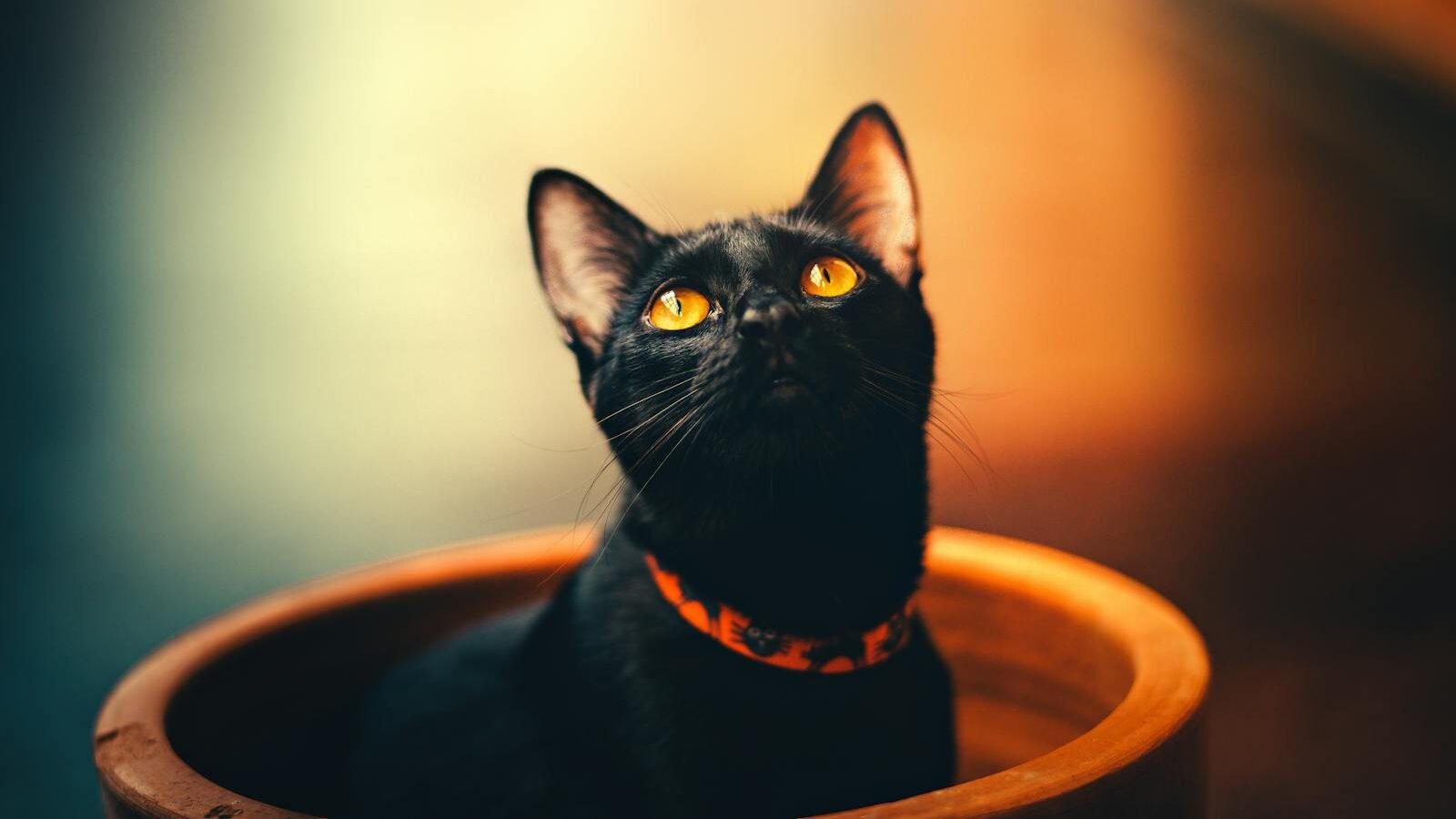
Statistics show that black cats are often overlooked in shelters, possibly due to lingering superstitions or misconceptions about their appearance. However, awareness campaigns and “Adopt a Black Cat” events have helped challenge this stereotype by highlighting the unique qualities and charm of these felines.
Myth 8: All Myths Are Harmless
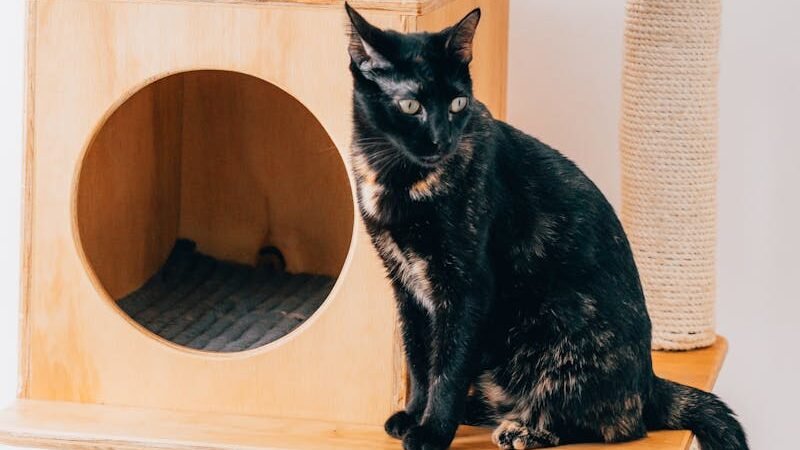
Photo by Camilo Ospina via Pexels
While some might view myths about black cats as mere folklore, these misconceptions can have severe consequences. They often lead to black cats being subject to harm, especially around Halloween, or facing neglect in shelters. It’s essential to educate the public to prevent these outcomes and promote the responsible and compassionate treatment of all animals.
The Science of Cat Colors
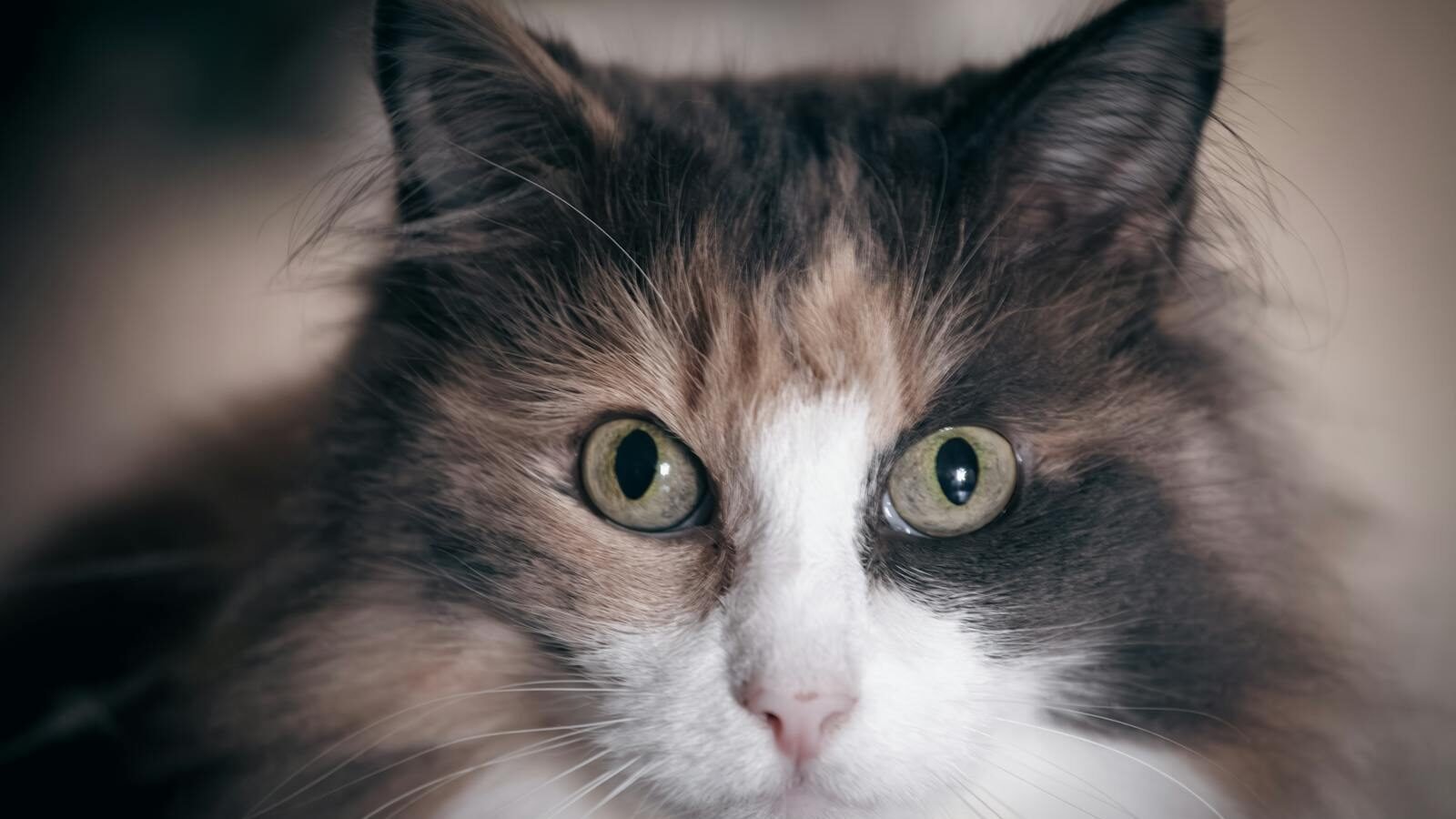
Photo by Volker Kaes via Pexels
A cat’s coat color is determined by genetics, specifically the interplay of three primary gene locations that dictate the density and distribution of pigments. There is no evidence to suggest that the color of a cat’s fur has any impact on its behavior or physical health.
Celebrating Black Cats
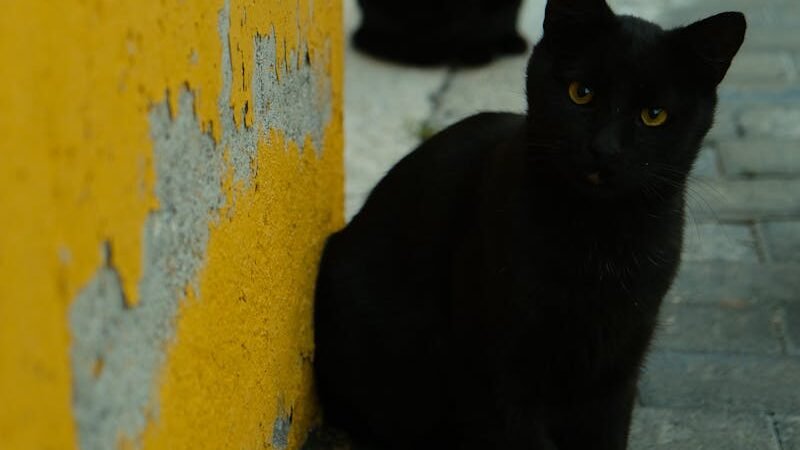
Instead of succumbing to baseless myths, it’s time to celebrate the grace and beauty of black cats. From their silky fur to their striking eyes, black cats are a testament to the diversity of the feline world. Embracing them without prejudice enriches our understanding and appreciation of all animals.

With over a decade of experience as a dedicated cat lover and enthusiast, I specialize in writing captivating content about all things feline. My expertise shines through in creating engaging and informative pieces that resonate with fellow cat lovers. As a proud cat parent to my beloved Duston, my personal connection to the world of cats adds authenticity and warmth to my work, making it relatable and heartfelt.






